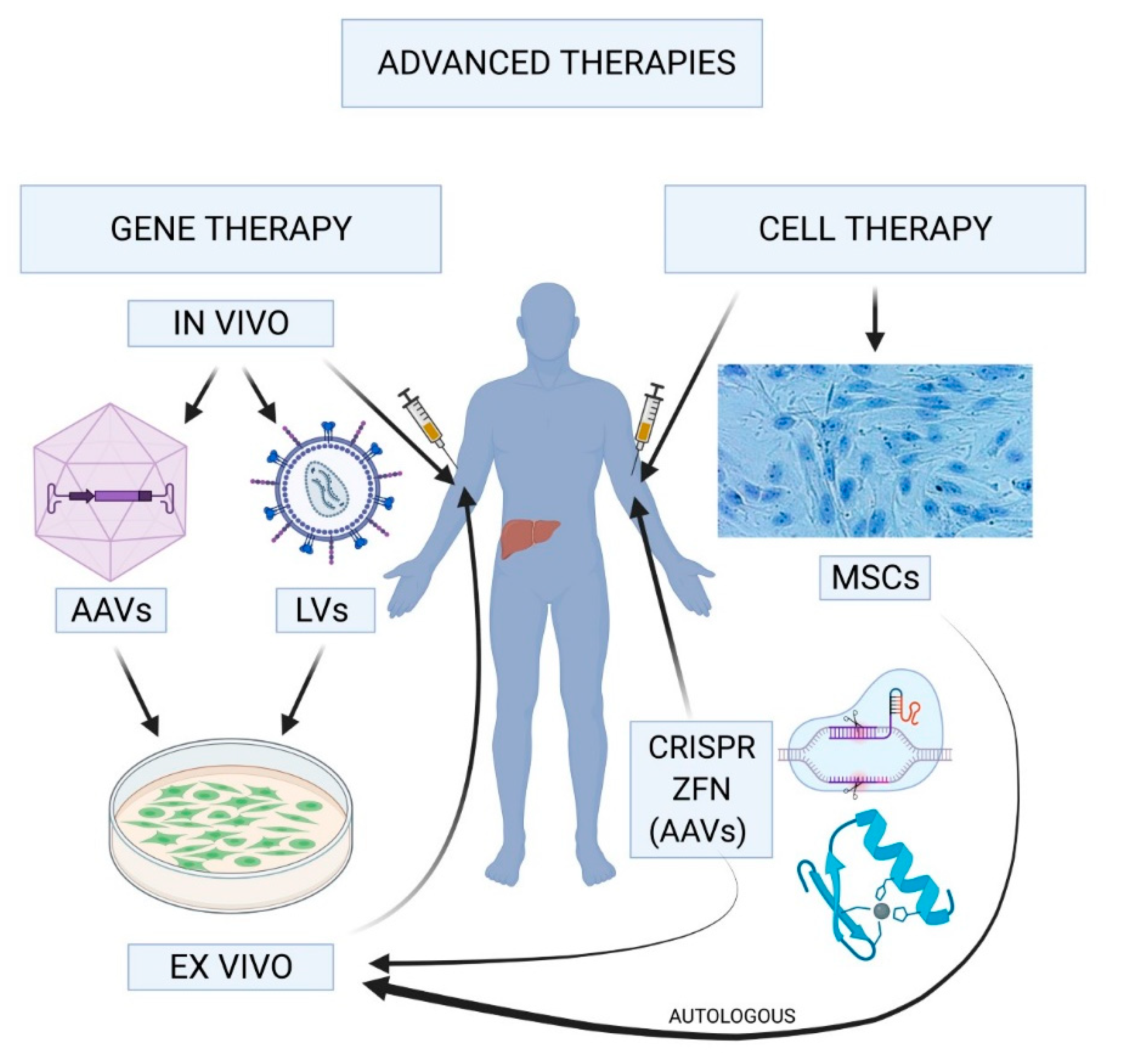Hemophilia gene therapy represents a groundbreaking advancement in hemophilia treatment, offering hope to individuals who have long endured the struggles of this condition. This innovative approach targets the genetic root of hemophilia, specifically aiming to correct the deficiency of clotting factor IX, which is crucial for effective blood coagulation. With recent developments like Hemgenix, patients like Terence Blue are experiencing life-changing benefits, as they transition away from the daily routines of needle injections and constant worry about bleeding episodes. The emergence of new hemophilia therapies marks a turning point for those affected, moving beyond traditional methods to potentially permanent solutions. As gene therapy advancements continue to unfold, the landscape of hemophilia management is evolving, promising a brighter future for many.
The realm of innovative treatments for bleeding disorders is seeing a transformative shift, particularly through the exploration of gene modification techniques. Hemophilia, characterized by the deficiency of crucial clotting proteins, is being approached with cutting-edge solutions that aim to rectify these genetic anomalies directly. Alternative terms such as “genetic interventions for hemophilia” and “cellular therapies” are gaining traction as patients seek new ways to alleviate their symptoms. With the introduction of therapies like Hemgenix, the battle against hemophilia is not just about managing symptoms but potentially curating long-term relief and healing. As more patients and healthcare providers embrace these novel therapeutic avenues, the hope for a future free from the constraints of hemophilia is becoming increasingly tangible.
Understanding Hemophilia and Its Treatment
Hemophilia is a genetic disorder that affects the blood’s ability to clot properly, leading to excessive bleeding. This condition predominantly affects males and is categorized mainly into two types: Hemophilia A and Hemophilia B. Patients with Hemophilia A are deficient in clotting factor VIII, while those with Hemophilia B lack clotting factor IX. Understanding the mechanisms of these deficiencies is crucial for developing effective treatments. Treatments traditionally involve regular infusions of the missing clotting factors to manage bleeding episodes, allowing patients to lead healthier, more active lives despite their condition.
Recent advancements in hemophilia treatment have paved the way for innovative therapies beyond traditional factor infusions. New methods include prophylactic treatments designed to prevent bleeding episodes and gene therapies like Hemgenix, which target the underlying genetic causes of hemophilia. These new therapies aim to provide more long-lasting effects and ultimately improve the quality of life for those affected by this disorder, marking a transformative shift in hemophilia management.
The Promise of Gene Therapy for Hemophilia
Gene therapy has emerged as a revolutionary treatment for hemophilia, offering hope for patients like Terence Blue who have struggled with the burden of needle-based treatment regimens. Hemgenix, the new gene therapy for Hemophilia B, exemplifies the potential of this innovative approach. By delivering a corrected copy of the factor IX gene directly to the liver, the therapy aims to enable the patient’s body to produce the missing clotting protein naturally. This not only reduces the need for regular factor infusions but also significantly decreases the risk of bleeding complications.
As hemophilia gene therapy advancements continue to unfold, patients are beginning to experience unprecedented benefits. Early results show that many individuals treated with Hemgenix no longer require routine infusions of clotting factor, radically changing their lifestyle and sense of normalcy. The success of these treatments not only alleviates the physical challenges of hemophilia but also offers emotional relief, allowing patients to travel, engage in sports, and enjoy life without the constant fear of bleeding episodes.
Benefits of Hemgenix and Patient Experiences
Hemgenix has been heralded as a breakthrough in hemophilia treatment, offering numerous benefits that go beyond conventional therapies. The most notable advantage is the potential for a significant reduction in the frequency of bleeding episodes, which is a constant concern for hemophilia patients. Terence Blue, who was among the first to receive this treatment, has reported a remarkable change in his life since undergoing the therapy. His body began producing clotting factor IX, moving him away from a regimen that involved frequent needle injections and careful monitoring for spontaneous bleeds.
Patients who have undergone treatment with Hemgenix report not only improved physical health but also enhanced mental well-being. The freedom from daily injections and the ability to live without the anxiety of managing their condition offers a new lease on life. As more patients are treated, data suggesting that the majority can maintain sufficient levels of factor IX without ongoing treatment is promising. Collectively, these patient experiences highlight the transformative potential of gene therapies in changing not just the medical management of hemophilia but also the everyday lives of those it affects.
Market Dynamics for Gene Therapies
The introduction of gene therapies like Hemgenix presents new market dynamics that can significantly influence patient access and healthcare outcomes. While the advancements in hemophilia treatment are promising, the high costs associated with these therapies—sometimes reaching millions per treatment—pose serious challenges. As pharmaceutical companies navigate pricing strategies, the sustainability of gene therapies depends not only on their clinical efficacy but also on market acceptance and payer willingness to reimburse these innovative treatments.
Moreover, the healthcare marketplace is adjusting to the realities of gene therapy. The initial enthusiasm for transformative treatments must align with economic factors, including patient access and insurance coverage. As seen with previous gene therapies that have exited the market due to low uptake, balancing cost and patient benefit is essential. Continued dialogue between researchers, healthcare providers, and pharmaceutical companies is crucial in ensuring that these groundbreaking therapies remain accessible to those who need them most.
Future Developments in Hemophilia Treatments
The future of hemophilia treatments looks increasingly bright as research delves deeper into gene therapy and other innovative approaches. Scientists are optimistic that as the technology matures, we will see a wider variety of therapies emerging, specifically designed to address different types of hemophilia and other bleeding disorders. These may include further advancements in gene editing technologies, such as CRISPR, which have the potential to correct genetic mutations at the source, promising a more definitive approach to treatment and possibly curative outcomes.
In the coming years, more clinical trials will likely emerge as a result of increasing interest and investment in hemophilia research. With a broadened understanding of gene therapies, researchers hope to refine these treatments to enhance effectiveness and minimize potential side effects. As new hemophilia therapies enter the market, the healthcare landscape will continue to evolve, promising improved management options that focus on quality of life and long-term patient outcomes.
The Impact of Prophylactic Hemophilia Treatments
Prophylactic treatments for hemophilia, which involve administering clotting factor on a regular schedule regardless of whether bleeding occurs, have significantly changed the landscape of hemophilia care. This approach has proven effective in preventing bleeding episodes and helping patients lead more normalized lives. By reducing the frequency of spontaneous bleeds, prophylaxis allows individuals to participate in physical activities more freely and with less anxiety about potential injuries.
As technology and understanding of hemophilia evolve, integrating prophylactic treatments with emerging gene therapies could provide a dual approach to management. Patients receiving gene therapy could see even more profound benefits when combined with prophylactic measures, possibly leading to a future where people with hemophilia experience far fewer complications and maintain a higher quality of life. The ongoing development in this field signals a shift towards more holistic care models that encompass both immediate treatment needs and long-term health outcomes.
Psychosocial Aspects of Living with Hemophilia
Living with hemophilia involves not only managing the physical aspects of the disease but also addressing the psychosocial challenges that often accompany it. Patients frequently grapple with anxiety regarding their condition, which can impact their social interactions, work life, and overall mental health. Experiences like those of Terence Blue illustrate the ongoing emotional toll that hemophilia can take. Despite advancements in treatment, many individuals still find themselves limited by societal perceptions and personal fears related to their bleeding disorder.
Support structures, including counseling and access to support groups, are increasingly being recognized as crucial components of comprehensive hemophilia care. Addressing these psychosocial aspects can significantly improve patients’ quality of life and treatment adherence. Empowering individuals to share their experiences and learn from others facing similar challenges fosters a more supportive community, ultimately aiding in the overall management of the condition and enhancing coping strategies.
Educational Initiatives in Hemophilia Awareness
Education plays a vital role in improving awareness and understanding of hemophilia, particularly in communities that may lack accessible information. Initiatives aimed at educating both healthcare providers and patients are critical in ensuring those affected by hemophilia receive timely and accurate treatment. Public awareness campaigns can also help demystify the condition, leading to better societal support for individuals living with this genetic disorder.
As gene therapies and other innovative treatments like Hemgenix gain prominence, educating patients about their options and the implications of these therapies is equally essential. This includes not only understanding the potential benefits and risks of treatments but also fostering dialogues around cost and accessibility. Empowering patients with knowledge allows them to make informed choices regarding their healthcare, leading to increased confidence and improved outcomes in managing their hemophilia.
Navigating Insurance and Treatment Access
Navigating the complexities of insurance coverage for hemophilia treatments can be a significant hurdle for many patients. With the advent of high-cost therapies like gene treatments, understanding the nuances of insurance policies, including what is covered and what isn’t, has become paramount. Patients need to be proactive in advocating for their treatment needs, often finding themselves involved in negotiations with insurance companies to ensure they receive the coverage required for effective management.
Insurance companies face their challenges in balancing the costs of new therapies against patient quality of life. They must assess the long-term benefits of treatments like Hemgenix against their upfront costs. In this evolving landscape, it’s essential for patients to stay informed about their rights and the available resources, including patient advocacy organizations that can assist in navigating these complex conversations and ensure they have access to necessary treatments.
Frequently Asked Questions
What are the benefits of hemophilia gene therapy like Hemgenix?
Hemophilia gene therapy, such as Hemgenix, offers significant benefits by providing long-term solutions for patients. The therapy targets the liver to produce clotting factor IX, which is crucial for blood clotting. Patients have reported healing faster, reduced frequency of bleeding episodes, and even achieving levels of clotting factor within the normal range, potentially moving towards a life without daily injections of clotting factor.
How does hemophilia treatment using gene therapy differ from traditional methods?
Traditional hemophilia treatment involves regular injections of clotting factors to manage bleeding episodes. In contrast, hemophilia gene therapy, like Hemgenix, aims to address the root cause by introducing a corrected gene into the patient’s DNA, enabling the body to produce the missing clotting factor on its own. This can lead to long-lasting benefits and reduced dependence on frequent treatments.
What advancements have been made in gene therapy for hemophilia?
Recent advancements in gene therapy for hemophilia include the development of Hemgenix, which has shown promising results in clinical trials. With technologies that improve the delivery and efficacy of gene therapies, researchers are now able to provide safer and more effective treatments, thus enhancing the quality of life for hemophilia patients and potentially leading to long-term solutions.
What should patients know about the costs associated with hemophilia gene therapy?
Patients considering hemophilia gene therapy, such as Hemgenix, should be aware of the high initial costs, which can reach up to $3.5 million. However, this treatment is often viewed as a one-time investment that may eliminate the need for lifelong factor replacement therapy, leading to overall cost savings and improved quality of life.
Can hemophilia gene therapy provide a lasting cure for hemophilia?
While hemophilia gene therapy like Hemgenix shows potential for long-lasting effects, it is important to note that many physicians hesitate to label these therapies as ‘cures.’ The treatment aims to enable sustained production of clotting factor IX, and clinical trials have shown that a significant percentage of patients do not require factor IX prophylaxis years after treatment.
How does Hemgenix work to treat hemophilia B?
Hemgenix works by using a modified virus to deliver a corrected version of the gene responsible for producing clotting factor IX directly to the liver. This enables the body to produce the clotting factor on its own, thereby addressing the deficiency that causes hemophilia B, and significantly reducing reliance on regular injections.
What is the expected recovery experience after receiving hemophilia gene therapy?
The recovery experience after receiving hemophilia gene therapy can vary; however, most patients report minimal side effects. Post-treatment monitoring is essential as liver enzyme levels may rise temporarily. Patients often notice improvements in their clotting factor levels and reduced bleeding episodes, which can significantly enhance their daily lives.
What are some of the challenges facing the implementation of new hemophilia therapies?
Challenges facing the implementation of new hemophilia therapies include high costs and varying patient acceptance. There are also concerns related to insurance coverage, the necessity of educating patients and healthcare providers about the new treatments, and ensuring equitable access to these cutting-edge therapies.
| Key Point | Details |
|---|---|
| Introduction of Gene Therapy | Terence Blue became the first patient in New England to receive Hemgenix, a new gene therapy for hemophilia B. |
| Therapy Development | Developed by CSL Behring, Hemgenix was approved by the FDA in November 2022, marking a major milestone in hemophilia treatment. |
| Impact of Gene Therapy | Blue reports healing faster than ever and hopes to be free from daily injections of clotting factor IX. |
| Market Challenges | High costs of gene therapy ($3.5 million) pose challenges for patient access and pharmaceutical viability. |
| Patient Experience | Patients face social and physical challenges; Blue discusses his lifelong management of hemophilia and the emotional toll. |
| Future of Gene Therapy | Despite potential hurdles, optimism remains strong in the field for ongoing developments and advancements in treatment. |
Summary
Hemophilia gene therapy is transforming the treatment landscape for patients with this condition. The new therapies like Hemgenix promise to significantly reduce the need for frequent injections and improve quality of life. With ongoing advancements and FDA approvals, the future looks hopeful as more patients look forward to potentially living without the daily burden of hemophilia management.




